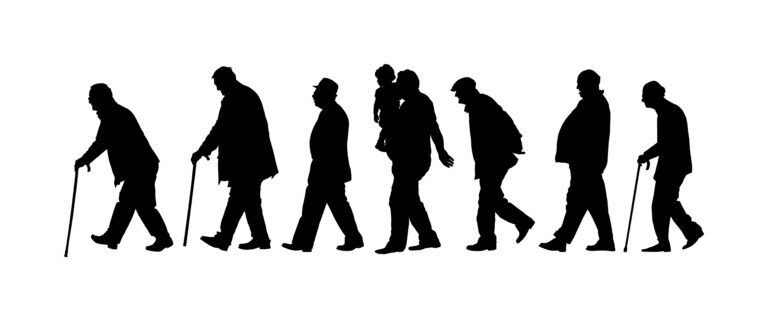Taking a shower is an essential part of our daily routine, but for someone with Alzheimer’s disease, it can be a challenging and confusing task. As the disease progresses, individuals may struggle with remembering how to use everyday items, such as a shower caddy. As a caregiver or a loved one, it is important to provide assistance and support to help them maintain their personal hygiene. In this article, we will discuss how to help a person with Alzheimer’s use a shower caddy in a simple and easy-to-understand way.
1. Understand the challenges faced by someone with Alzheimer’s: Before we dive into the tips for using a shower caddy, it is essential to understand the difficulties faced by someone with Alzheimer’s. This progressive brain disorder affects memory, thinking, and behavior, making it difficult for individuals to remember simple tasks and follow instructions. They may become easily confused and frustrated, which can lead to resistance towards daily activities like showering.
2. Choose a suitable shower caddy: When it comes to helping someone with Alzheimer’s use a shower caddy, it is crucial to choose the right one. Look for a caddy that is simple and easy to use, preferably with large compartments and handles. Avoid caddies with small or complicated compartments that may confuse or frustrate them. Also, make sure the caddy is made of non-slip material and can be easily hung or attached to the shower wall for stability.
3. Establish a routine: People with Alzheimer’s benefit greatly from routines as it helps them feel more secure and confident. Establishing a consistent showering routine can make the task less overwhelming for them. Try to schedule showers at the same time each day so that they know what to expect and when.
4. Use visual cues: Visual cues can be an excellent tool for someone with Alzheimer’s. Place pictures or labels on the shower caddy to indicate where items should go. You can use pictures of a soap bar, shampoo bottle, and other shower essentials to help them identify their purpose easily. This will also help them remember the sequence of steps to follow while using the caddy.
5. Break down the task: As Alzheimer’s progresses, individuals may struggle with completing multiple steps at once. To make it easier for them, break down the task of using a shower caddy into smaller, more manageable steps. For example, you can start by handing them the soap and asking them to place it in the caddy’s designated compartment. This will also give them a sense of accomplishment and boost their confidence.
6. Provide verbal cues: Along with visual cues, verbal cues can also be helpful. Use simple and clear instructions while guiding them through the showering process. For instance, you can say, “Now it’s time to wash your hair,” or “Can you find the shampoo bottle in the caddy?” This will not only help them remember what to do but also encourage their independence.
7. Be patient and understanding: As a caregiver or loved one, it is essential to be patient and understanding while helping someone with Alzheimer’s use a shower caddy. They may take longer to complete the task, or they may forget what to do next. Instead of getting frustrated, try to remain calm and offer positive reinforcement. Praise and encourage them for their efforts, and don’t be afraid to repeat instructions if needed.
8. Consider alternative showering methods: If using a shower caddy becomes too challenging for the person with Alzheimer’s, consider alternative methods such as using a hand-held showerhead or a bathing chair. These options can provide more support and make showering a safer and more comfortable experience for them.
In conclusion, helping someone with Alzheimer’s use a shower caddy may require patience, understanding, and creativity. By establishing a routine, using visual cues, breaking down the task, and providing verbal cues, you can make the process easier and less overwhelming for them. Remember to always offer support and encourage their independence. With your help and support, individuals with Alzheimer’s can maintain their personal hygiene and feel more confident in their daily routine.





